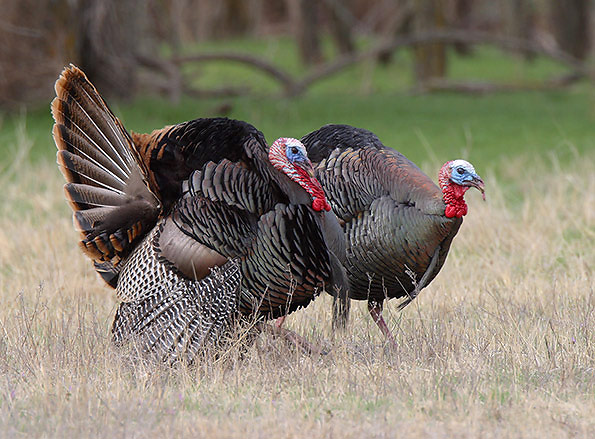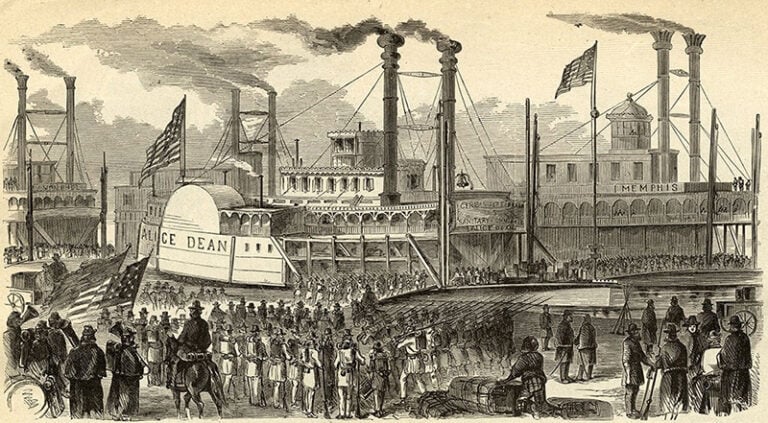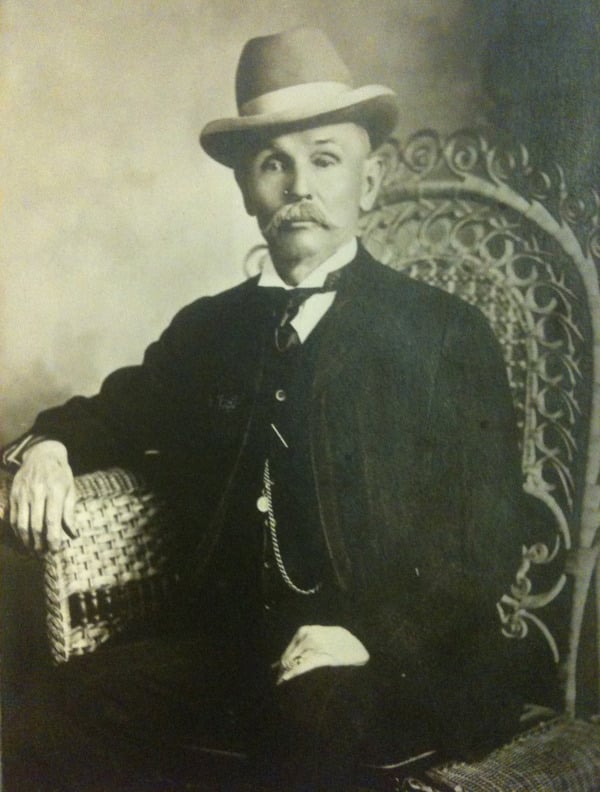In three days the wait will be over. Kentucky’s 2015 spring wild turkey season opens on Saturday, April 18. Now is the time to take care of those last minute details that can make or break your hunt.
Here’s some suggestions:
* Make sure your shotgun is on target. The turkey shotgun is carefully aimed like a rifle, and must be able to deliver a tight swarm of hard-hitting pellets to a relatively small target at 30 yards or farther. A turkey’s vital area is its head and neck, which is about the size of adult’s clenched fist and wrist.
Shoot your shotgun to make sure that it’s on target and throwing an effective pattern of shot, at least 15 pellets in the kill zone (of a turkey head target). It’s surprising how many shotgun barrels aren’t straight, and as a result they throw shot patterns that may imprint high, low, left or right of the aiming point.
The easiest, most economical way to correct this problem is to install high visibility sights on your shotgun’s barrel. They screw right onto the barrel’s vent rib.
If you already have adjustable sights on your shotgun, a practice shot will verify that the sights have not moved since the last hunt. Check your shotgun’s point of impact by shooting at a paper target at close range from a steady rest. Chamber a low-powered target load (No. 6 or No. 71/2 shot), and shoot at a baseball-sized bullseye at about 10 yards.

What’s the best shot size and choke constriction for turkey hunting? That’s a matter of personal choice. Remember that every shotgun is different in terms of what load and choke combination throws the best pattern. But generally, smaller shot creates more uniform patterns.
A popular choke for 12 gauges shotguns used in turkey hunting is the extra full (diameter .689), but after-market chokes are available in much tighter constrictions, such as .675 or .670. Shot sizes for turkey hunting include: No. 4, No. 5, and No. 6. Both lead and non-toxic shot are legal, but shot larger than No. 4 may not be used to hunt turkeys in Kentucky.
Generally, the smaller No. 6 shot requires a tighter choke for best results.
When shooting larger shot, such as No. 4 of No. 5, loosen up the choke constriction. Also, you’ll get more uniform patterns if you loosen up the choke constriction when shooting heavier payloads of shot in a shell (1 7/8-ounce or 2 ounces of shot), which tend to blow holes in patterns if the choke is too tight.
If you’re not happy with your shotgun’s performance try shooting non-toxic shot, rather than lead shot.
Made from metal alloys, non-toxic shot has become increasingly popular with turkey hunters because it exhibits superior patterning — tighter groups at longer ranges. One of the best non-toxic shots on the market is Hevi-Shot. For information on their line of choke tubes and shotshells for turkey hunting visit their website.
* Get your gear organized. Turkey hunters have a lot of gear to keep track of, so make sure everything you need is in one place.
This includes camouflage clothes, hat, gloves, face mask, boots, calls, decoys, cushion (to keep your behinds dry) and handkerchief (for sneeze suppression). If you wear glasses while hunting, it’s a good idea to stash an eyewear cleaning cloth and a small bottle of anti-fog liquid in your turkey hunting vest.
In warm, damp conditions, it’s easy for glasses to fog up. If that happens while you are working a gobbler, you might not be able to see to shoot.
Once I get all the gear together that’s needed for the hunt, I put it in a large plastic storage tote. Everything is in one place, and a tote makes it fast and worry free to transport gear to and from the site of the hunt. Just put the tote in the truck and go.
* Stay hydrated and bug free. Turkey hunters are on the move, doing lots of walking up and down hills, while wearing cotton pants or overalls, long sleeve shirts, vests and hats in warm weather. It’s sweaty hunting and easy to get dehydrated. Drink as much water as you can before heading out and keep a full water bottle in your turkey vest.
As the season progresses, ticks become a problem. Sitting on the ground and crawling around in the woods when getting in position on a gobbling tom, puts hunters at risk for these creepy crawlies. Ticks are no laughing mater. Their bites can transmit serious diseases.
One of the best insect repellents is Permethrin, marketed by the Sawyer Products, Inc., of Safety Harbor, Florida.
For use on clothing only, and not to be sprayed on the skin, Permethrin repels and kills ticks, mosquitoes, and chiggers on contact. The active ingredient in Permethrin is a synthetic molecule similar to pyrethrum which is taken from the chrysanthemum flower.
Permethrin is sprayed on clothes hanging outside and allowed to air dry. Permethrin is odorless after drying and will not stain or damage clothing. A single application will last the entire season.
For more information visit their website here.
For older hunters, who aren’t as agile as they once were, a walking stick provides added stability when ascending or descending hills, crossing creeks and walking with the contour on steep hillsides. Hickory or ash saplings make good hiking sticks. Cut one in the woods with a folding handsaw.
If you have room in your vest, and don’t mind the added weight, small hand pruners are ideal for cutting vegetation when you sit down to call a turkey. Greening vegetation provides camouflage and helps to break your outline, but you don’t want leafy limbs in your way if you have to move your shotgun barrel left or right to shoot. Bumping a twig can spook a turkey at close range.
Every season, turkey hunters get a liberal dose of Murphy’s Law, the old adage that states: Anything that can go wrong, will go wrong. Be prepared.
Art Lander Jr. is outdoors editor for KyForward. He is a native Kentuckian, a graduate of Western Kentucky University and a life-long hunter, angler, gardener and nature enthusiast. He has worked as a newspaper columnist, magazine journalist and author and is a former staff writer for Kentucky Afield Magazine, editor of the annual Kentucky Hunting & Trapping Guide and Kentucky Spring Hunting Guide, and co-writer of the Kentucky Afield Outdoors newspaper column.





















